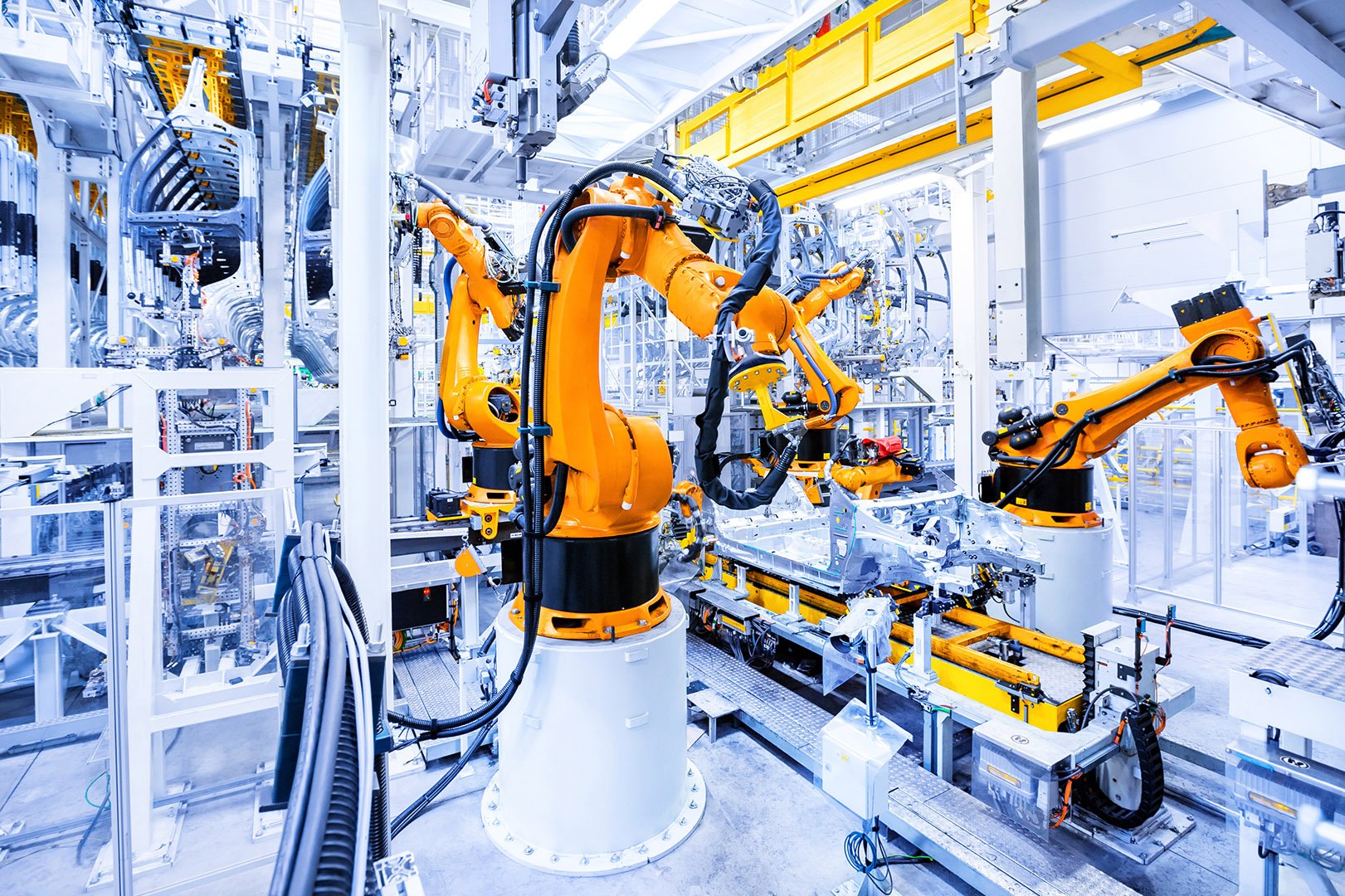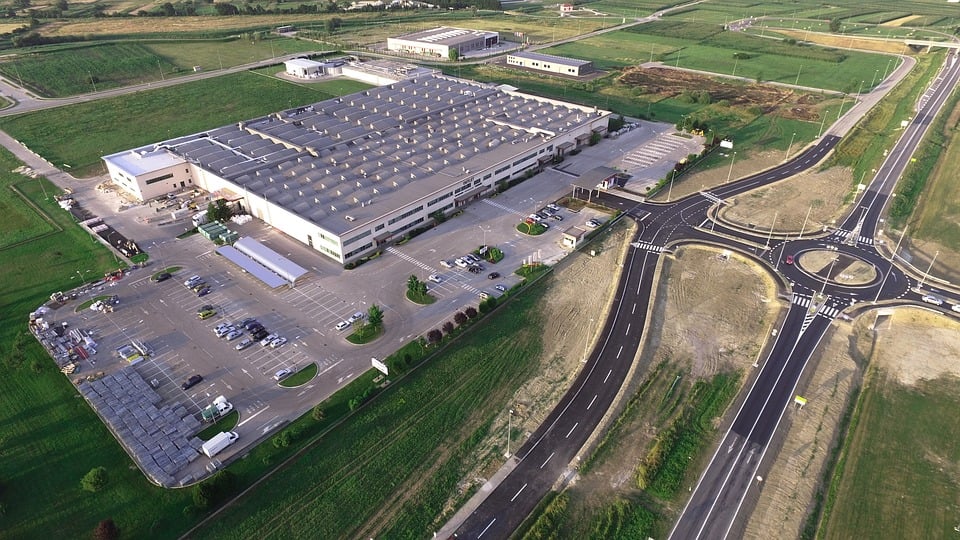Facility Management | March 12, 2024
7 Key Intersections Between Architects and Roof Consultants
If you’re an architect working on large-scale commercial buildings like manufacturing plants or distribution centers or your client simply has many buildings in their portfolio, having an independent consultant in your Rolodex can be a real boon for reducing project-related risk and ensuring the satisfaction of the end users.
A roof consultant is in tune with a lot of detailed data that comes from assessing the roof condition of millions (or even billions) of square feet of roof area across countless sections.
And it is important to partner with one that has a national footprint with data that correlates roof degradation over time with local conditions like UV exposure, wind, and precipitation, as well as comprehensive experience with local building codes.
Armed with these data and insights, they can bring knowledge that:
- Reduces risk before, during, and after construction
- Improves asset longevity
- Creates efficiencies in the design process
- Drives down costs without sacrificing quality
Here are 7 Key Intersections Between Architects and Roof Consultants
Expert Insights for Long-Term New Build Success
A large national roof consultant has typically assessed the condition of roofs across vast areas, including millions (or even billions) of square feet. They have an eye for detail and understand the intricacies of roof materials, structural integrity, and potential vulnerabilities. By collaborating with architects, they can provide valuable insights during the design phase, ensuring that the roof design aligns with practical considerations and creates the conditions for asset longevity.
Comprehensive Condition Assessments Prior to Remodel
Before the construction document (CD) stage, a roof condition assessment on an existing structure can inform the overall design. A roof consultant captures every detail of the existing system, geolocated with photos. With this knowledge, architects can make informed decisions and the end user can avoid costly surprises during the remodel phase.
Precise Re-Roof Scope and Budget Analysis
Leveraging the end user’s facility data and budget, a roof consultant can provide a comprehensive re-roofing scope. They can also understand, across a large, geographically dispersed portfolio, how roof system design and project scoping will fit into the client’s economic picture. This frees up the architect to focus on their core competencies, leaving the minutia to a specialist.
Efficient Roof Repair Scope and Budget Services
When leaks threaten your work post-build, quickly generated, accurate roof repair scope and budget services ensure timely interventions. Leveraging proprietary data that spans roof systems across the continent as well as project pricing from their own clients, a roofing consultant can quickly and correctly scope and budget repairs of all kinds.
Consulting Excellence for Complex Re-Roofs
Navigating intricate re-roof projects requires a seasoned partner. An independent roof consultant can provide guidance for the best systems for the client’s geographic location and can even bring out-of-the-box solutions like rehabilitation that can extend roof life at a significantly lower cost. If the project includes integrating solar panels, green roofs, or intricate architectural features, an experienced roof consultant has likely seen and done it all and can make sure the roof is prepared to receive the weight and penetrations that result from these more complicated features.
Design Review for Large Portfolios of Simple Roofs
Also for those larger portfolios, a roof consultant can help create economies of scale to drive down costs for the owner while keeping risk low. Imagine working on the design for a new restaurant chain with 1,000 locations. It’s likely not economically feasible for the client to pay for a custom roof system design for every single location but, if they have a contractor they trust, a roof consultant can provide general expert guidelines on dealing with penetrations, flashing, and drainage leading to a less custom but also less expensive option that enables scalability. This reduces liability and makes sure the end user gets the best performance out of their assets.
Nationwide Construction Quality Assurance (CQA)
For those clients with a large, dispersed building portfolio, a nationwide CQA program ensures consistency across projects and geographies. It can bring the portfolio owner some peace of mind knowing that roofs are being installed per the specifications and drawings for any project from coast to coast. This also makes for better apples-to-apples comparison during future roof assessments so the owner understands why roof assets are degrading the way they are at any specific facility.
Why and When to Call a Roofing Consultant
In the dynamic landscape of commercial architecture, architects face multifaceted challenges. From large-scale manufacturing plants to expansive distribution centers, the roof design plays a pivotal role in ensuring user satisfaction and long-term asset performance. Enter the roof consultant, a silent partner who wields a wealth of knowledge and insights.
These experts, armed with data from assessing millions of square feet of roof area, bridge the gap between design creativity and practicality. For those with a national footprint, this data for geographically dispersed portfolios allows them to correlate roof degradation with local conditions, including UV exposure, wind patterns, and precipitation.
By collaborating closely with architects, they enhance asset longevity, streamline the design process, and drive down costs—all without compromising quality. As a 100% independent, manufacturer and contractor-agnostic roof consultant, Mantis Innovation has a commitment to excellence and end-user satisfaction, We empower architects to create resilient, efficient, and sustainable roofs—as well as vertical envelope, pavement, and HVAC systems—that perform well at the lowest total cost of ownership.
Contact a Mantis Pro today to learn more.
Related Posts
Discover more content and insights from Mantis Innovation

Five Trends Driving Data Center Facility Energy Optimization
Today’s digital economy, commercial and industrial digitalization, and the recent explosion in artificial intelligence and machine learning (AI/ML) powered computing are driving massive growth in

Modernizing Manufacturing Facilities: Practical Steps for Better Performance
In today's competitive manufacturing landscape, staying ahead requires more than maintaining the status quo. Modernizing facilities and operations is essential for improving efficiency, performance,

Modernizing Manufacturing Facilities: The Drivers and Direction
This blog is just a glimpse into the deep dive we take in our new white paper, Modernizing Manufacturing. Download the white paper here to skip the teaser and get the whole story. The stage is set

Understanding Recent Updates to Article 179D by the Inflation Reduction Act
The Inflation Reduction Act has given a boost to Article 179D of the United States tax code, which incentivizes executing energy efficiency projects in commercial buildings. With the recent updates,